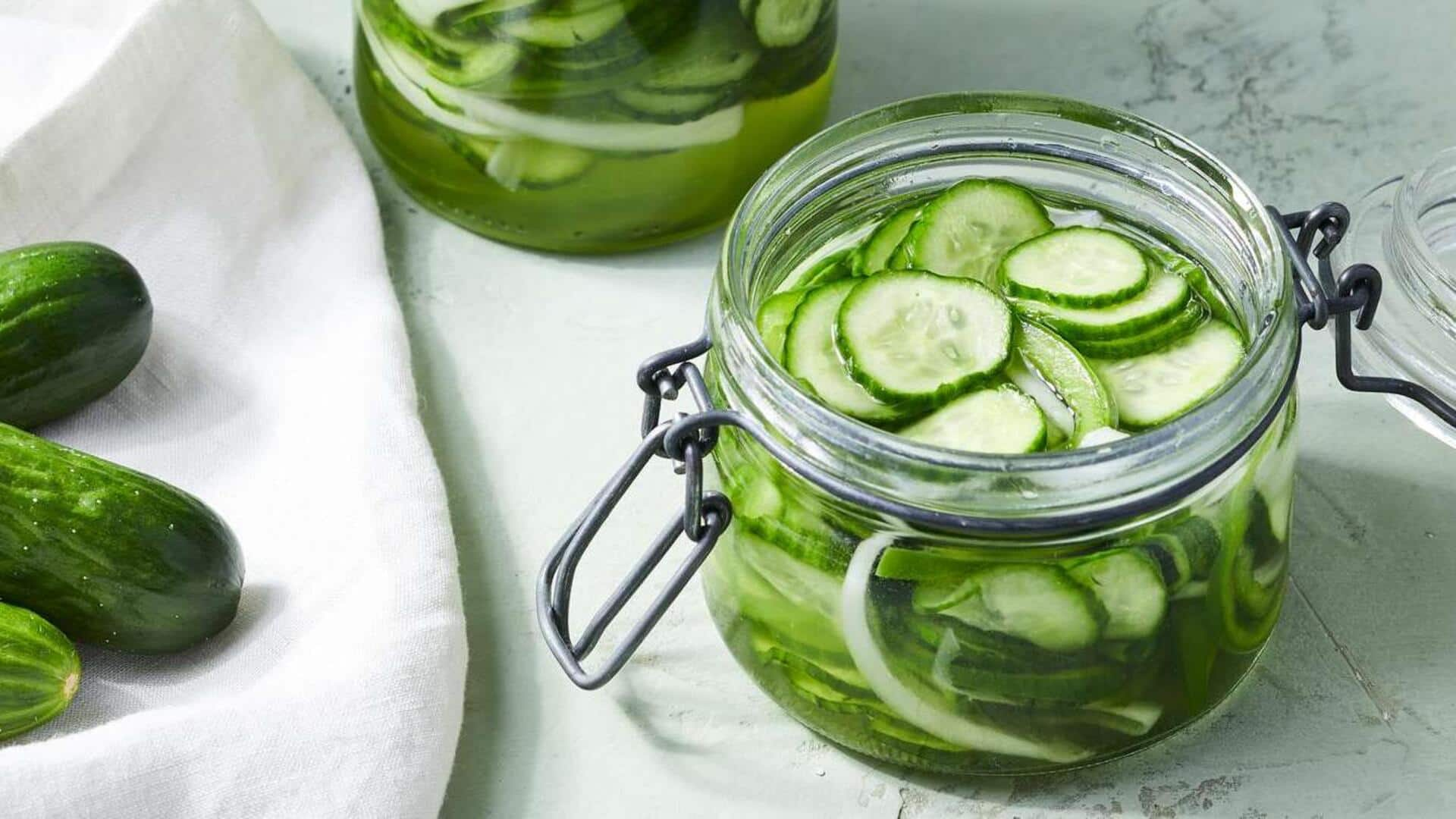
The history of pickles: Origin and evolution
What's the story
From humble beginnings as a preservation method, pickles have evolved into a culinary staple across the globe. The journey of pickles is a fascinating tale of innovation and adaptation, reflecting cultural exchanges and changing tastes. From ancient civilizations to modern kitchens, pickles have undergone significant transformations, making them an integral part of many cuisines. Here's how pickles evolved over the years.
Early days
Ancient origins and preservation methods
The history of pickles dates back to ancient Mesopotamia, where cucumbers were first pickled over 4,000 years ago. The technique was primarily used to preserve vegetables for longer shelf life. Ancient Egyptians also embraced pickling, using brine to store various foods. This method not only extended the life of produce but also provided a source of essential nutrients during lean seasons.
Roman era
Roman influence on pickling practices
The Romans popularized pickling throughout their empire by introducing new ingredients like vinegar and herbs. They experimented with different vegetables and fruits, enhancing flavors with spices such as dill and coriander. This period saw the rise of flavored pickles that catered to diverse palates across Europe and North Africa.
Medieval times
Medieval advancements in Europe
During medieval times in Europe, monasteries became centers for preserving techniques including pickling. Monks would document recipes that combined local ingredients with spices from trade routes. These advancements made pickling an art form, resulting in regional specialties that reflected local produce availability and culinary preferences.
Contemporary era
Modern innovations in pickling techniques
In today's world, modern innovations have taken pickling to new heights with creative combinations of flavors and techniques. From fermentation to quick pickling methods using vinegar solutions or brines infused with unique spices like turmeric or ginger, the options are endless. These innovations cater to contemporary tastes while honoring traditional methods that have stood the test of time.